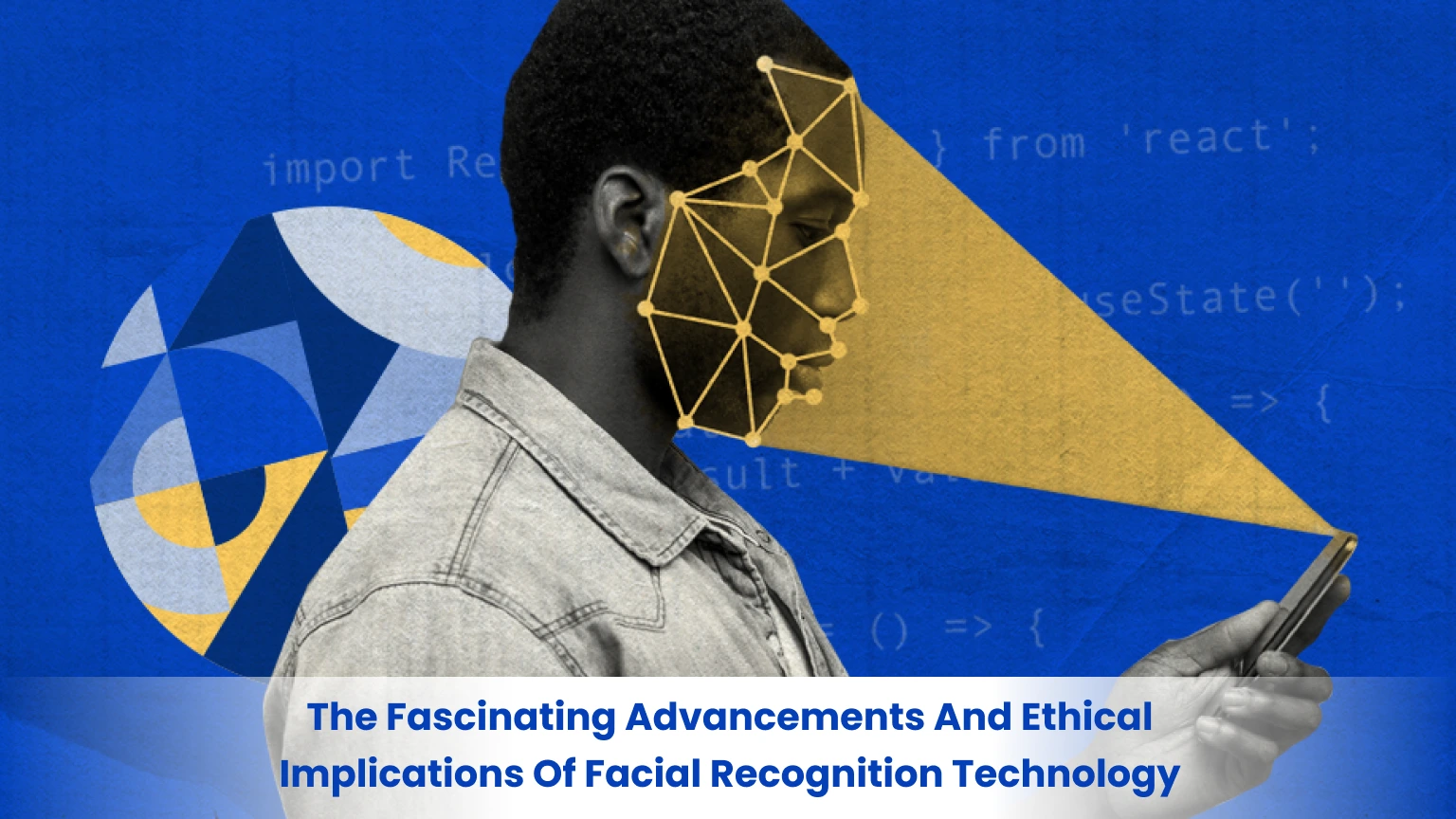Recent years have seen the emergence of facial recognition technology as a breakthrough and quickly developing tool with several uses in numerous industries. Facial recognition has become ingrained in our contemporary society, used for everything from unlocking cellphones to boosting security at airports and finding criminals. Although this technology has great potential, it also poses serious ethical questions that lead to discussions about human freedoms, security, and privacy. In this blog, we’ll delve into the intriguing realm of facial recognition technology, including its accomplishments, difficulties, and the critical requirement for a reasonable deployment strategy.
The Basics of Facial Recognition Technology
Artificial intelligence’s facial recognition technology focuses on recognizing and authenticating people using their distinctive facial features. In order to compare and evaluate facial patterns recorded in photos or videos, computer algorithms are used. In order to identify the person, these patterns are then cross-referenced with existing databases or profiles.
Applications of Facial Recognition Technology
1. Enhanced Security Systems: One of facial recognition’s most important uses is in security systems. This technology is utilized by airports, public spaces, and private businesses to screen visitors and identify potential risks.
2. Authentication and Access Control: Facial recognition is increasingly being used to unlock smartphones, computers, and other devices. This more convenient and safer alternative to traditional passwords is becoming more and more common.
3. Surveillance and Public Safety: Law enforcement agencies use face recognition to hunt down suspects, locate missing people, and identify criminals, which speeds up investigations and increases public safety.
4. Marketing and Retail: Some retailers evaluate customer behavior, gauge customer mood, and optimize store designs and product placement using facial recognition.
5. Personalization and User Experience: Businesses in the gaming and entertainment sectors utilize facial recognition to tailor the user experience and offer an extra level of immersion.
The Ethical Dilemmas
Although facial recognition technology has amazing promise, there are certain ethical issues to consider:
1. Privacy Issues: Facial recognition technology has the potential to violate people’s privacy, especially if it is utilized without their knowledge or agreement. Concerns about the erosion of individual liberty and the possibility of abuse are raised by the possibility of mass surveillance.
2. Bias and Accuracy: It has been discovered that some facial recognition algorithms exhibit bias, which can result in misidentification, especially for women and persons of color. This may lead to serious consequences like erroneous allegations or mistaken arrests.
3. A lack of regulation: The building of strong regulatory frameworks has lagged behind the quick development of facial recognition technology. Concerns regarding potential abuse and misuse of the technology are brought up by this absence of monitoring.
4. Security and Data Breach Risk: As face recognition databases expand, data breaches become more likely, endangering both individuals and sensitive information.
5. Mechanisms for Consent and Opt-out: The use of facial recognition technology in public places prompts discussions about the necessity for express consent and methods for people to opt out.
Finding a Balanced Approach
Finding a balanced strategy that maximizes its potential while resolving its ethical issues is crucial as facial recognition technology develops:
1. Strong Regulations: To create comprehensive regulations that protect individual rights, guarantee accuracy, and forbid the unauthorized use of facial recognition technology, policymakers and industry players must work together.
2. Transparent Development: To minimize prejudice and guarantee fairness in their systems, creators of facial recognition algorithms should implement openness and accountability methods.
3. Inclusive Data Sets: Facial recognition models should be trained on varied and representative datasets, spanning various demographics and ethnicities, to overcome bias issues.
4. Privacy by Design: Using privacy-enhancing technology, such as anonymization and encryption, can safeguard people’s data and reduce the likelihood of data breaches.
5. Public Discourse: By including the public in debates regarding the deployment and ramifications of facial recognition technology, we can encourage responsible use and ward off exploitation.
Conclusion
The use of facial recognition technology has the potential to revolutionize how we interact with our surroundings and provide greater convenience and security. It is essential to properly negotiate its ethical challenges, nevertheless. We can fully utilize face recognition while upholding people’s privacy and freedoms by setting strict restrictions, fostering transparency, and addressing bias concerns. Face recognition technology must become a positive force in our increasingly interconnected world, and society must work together to strike a delicate balance between advancement and protection as we move forward.
AUTHOR-ADITYA DAS
Disclaimer: The author(s) of this blog are solely responsible for the content posted. The blog platform serves as a medium for their expression, and the platform administrators assume no liability for the accuracy or legality of the content.





